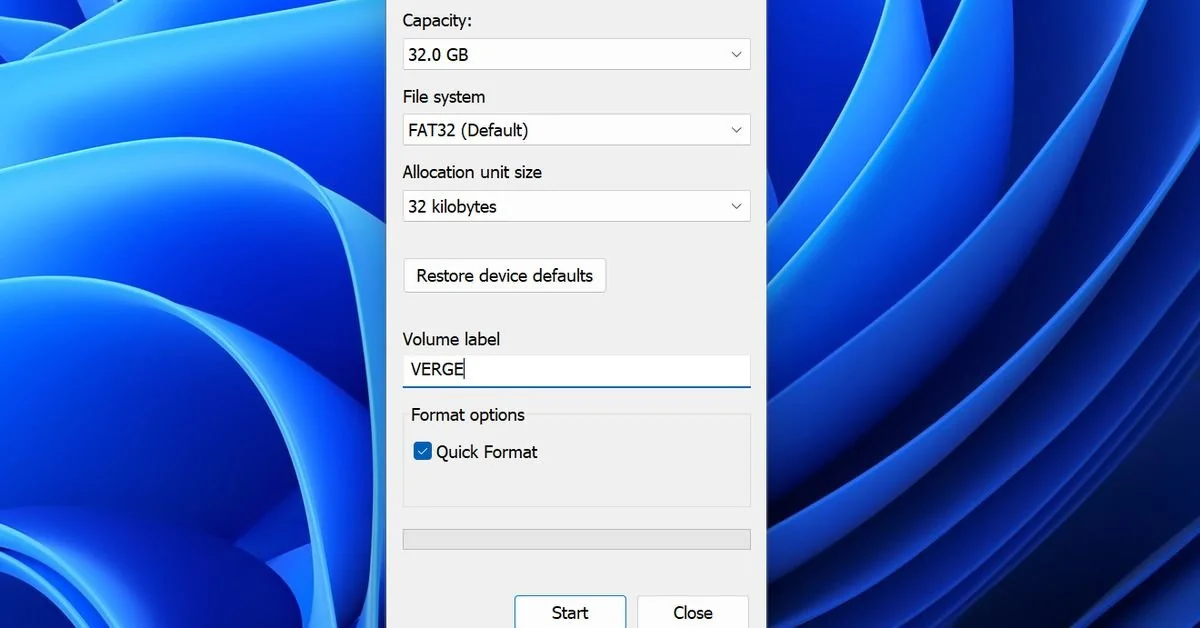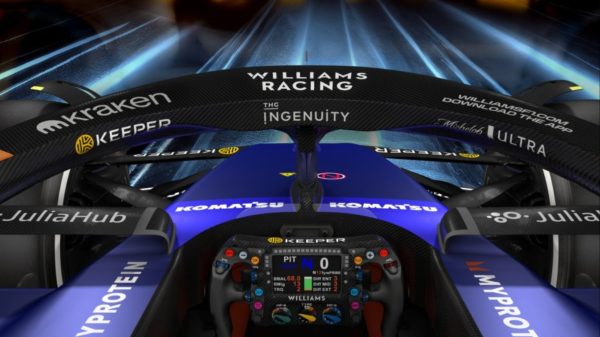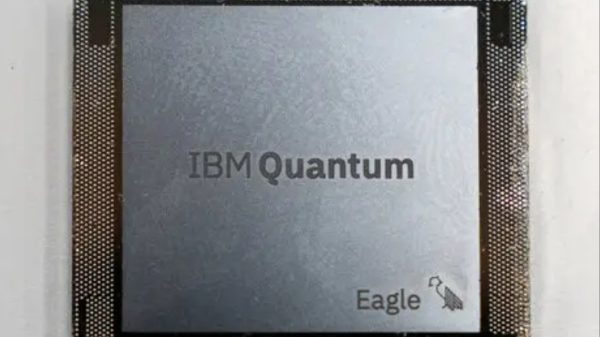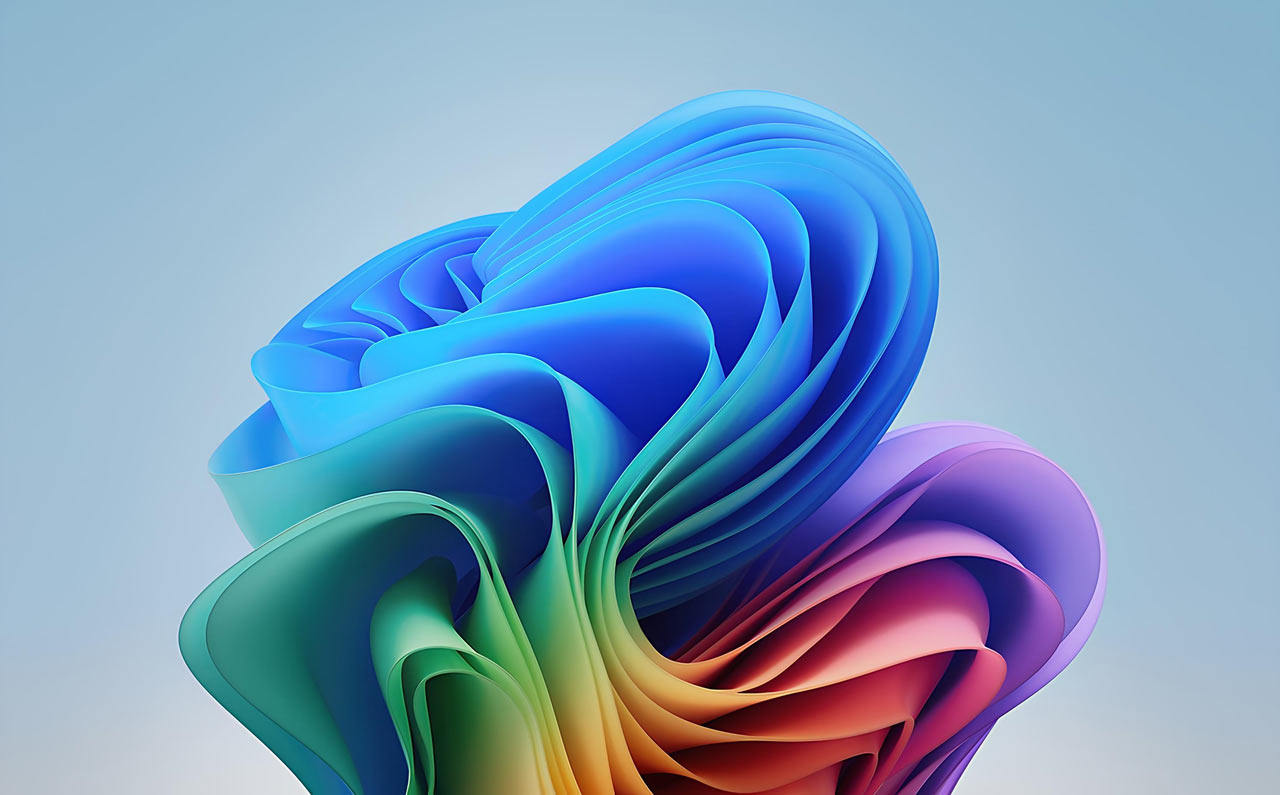Yesterday, Microsoft released a new preview version of Windows 11 for Windows Insiders, which includes a notable update: the maximum size limit for FAT32 partitions is being increased to 2TB. This change is significant as FAT32, a file system developed in 1996, has had a long-standing 32GB limit imposed by Windows for formatting drives, despite its theoretical capacity of up to 16TB.
FAT32, an evolution of the original FAT file system, has been around for nearly 30 years. Initially developed for floppy disks, FAT was later extended to FAT12, FAT16, and finally FAT32 to accommodate larger storage devices. Despite its longevity and technical capacity to handle larger drives, Windows has historically limited FAT32 partition sizes to 32GB when formatting drives, although it can read larger FAT32 drives partitioned by other systems.

Windows 11 preview raises FAT32 partition limit to 2TB, improving compatibility and storage options.
With the new Windows 11 update, currently available only to Insiders on the Canary channel, users can now format FAT32 drives up to 2TB using the command line. However, this change does not extend to the graphical drive formatting dialog, where the 32GB limit remains. This adjustment is a significant step for users who need larger FAT32 partitions without resorting to third-party software.
The 32GB limitation was originally in place because Microsoft developed the NTFS file system, which became the default for Windows starting with Windows XP. As NTFS is a more advanced file system with fewer limitations, Microsoft’s restriction on FAT32 helped promote the use of NTFS. Today, most Windows users rely on NTFS, with FAT32 being predominantly used for compatibility with older devices or systems.
Despite the shift towards NTFS, the ability to format larger FAT32 drives natively in Windows is a welcome development. It simplifies the process for users who need FAT32’s compatibility with older hardware while avoiding the need for additional software tools to handle larger partitions.









































